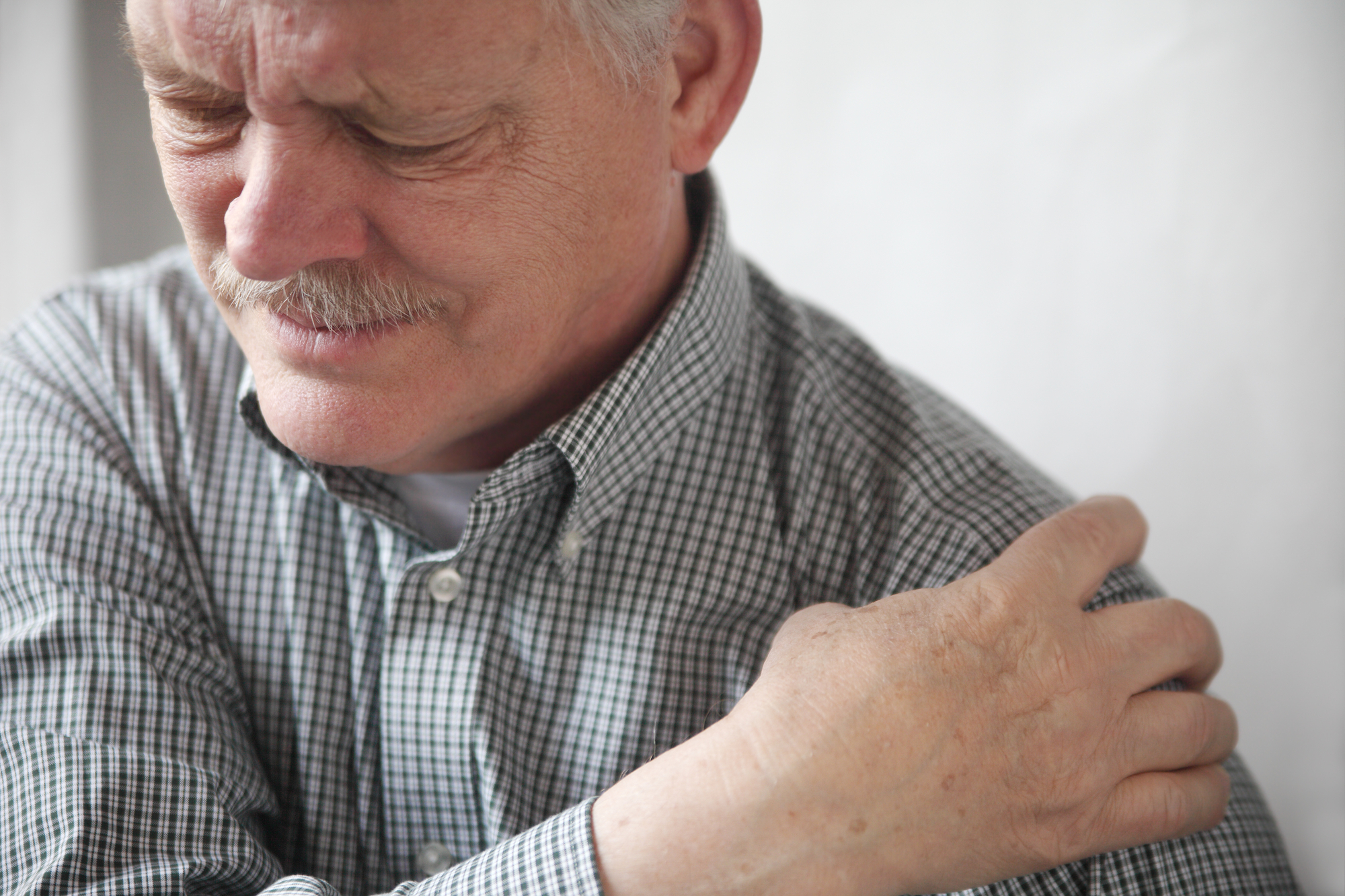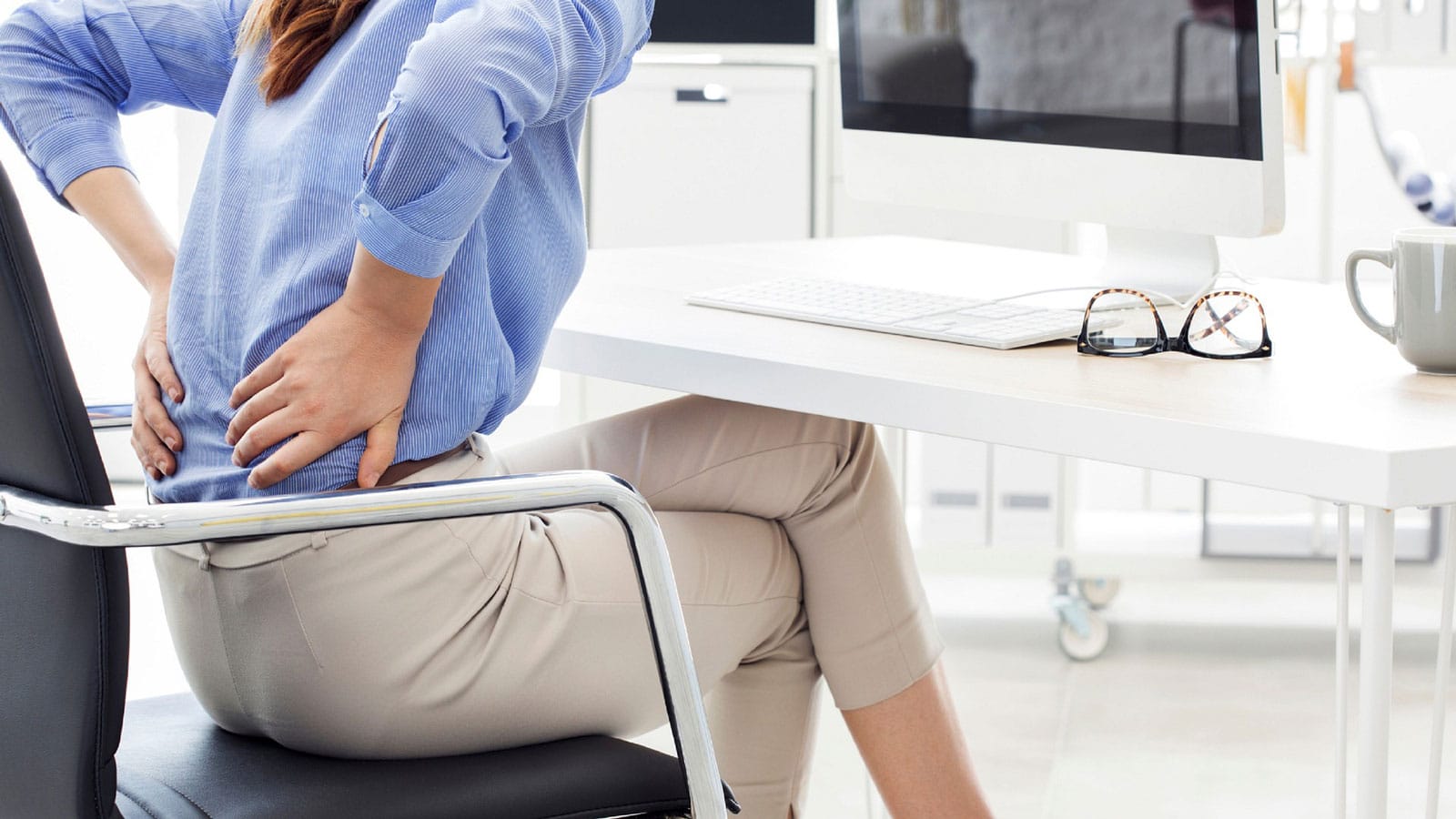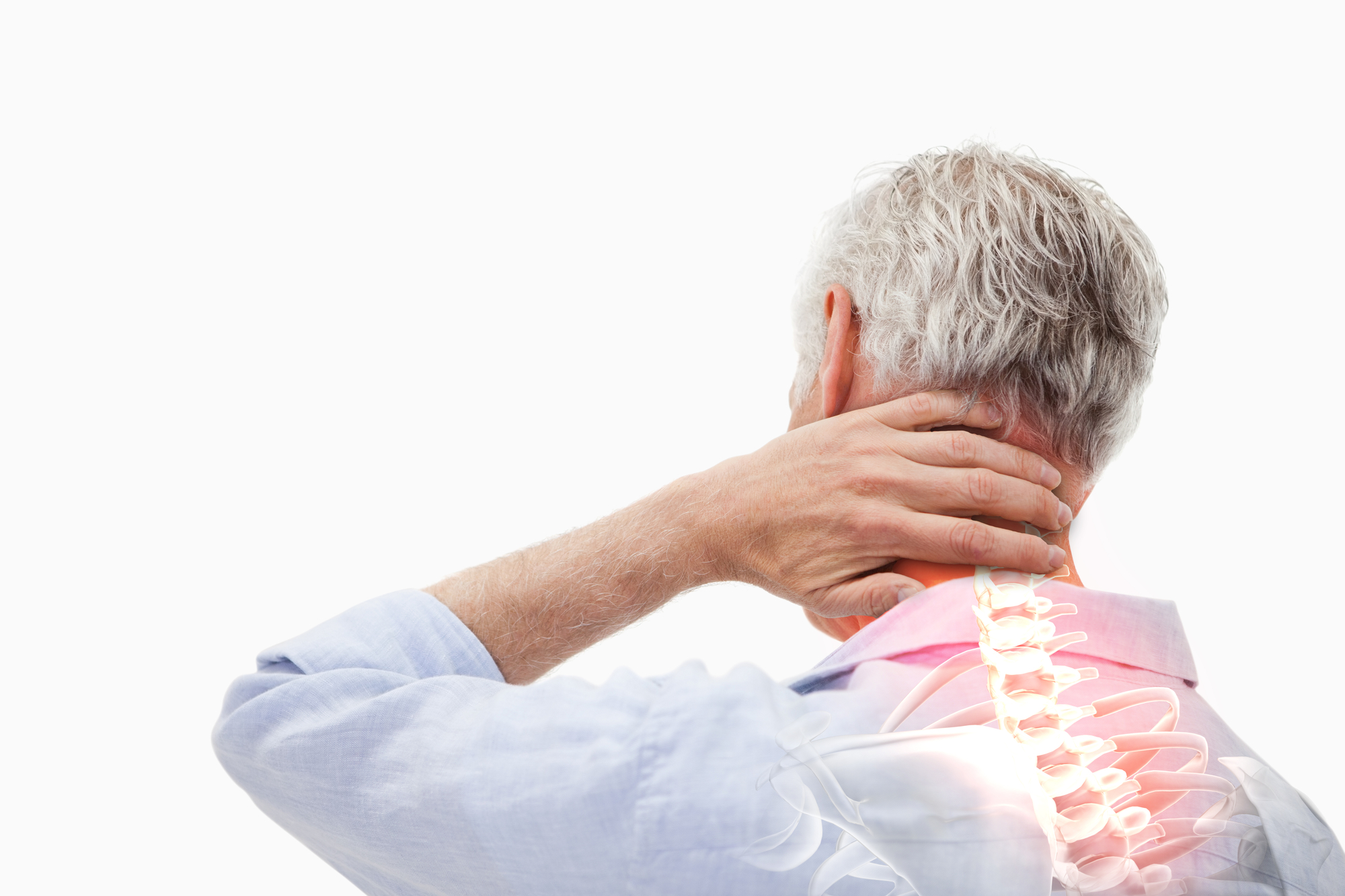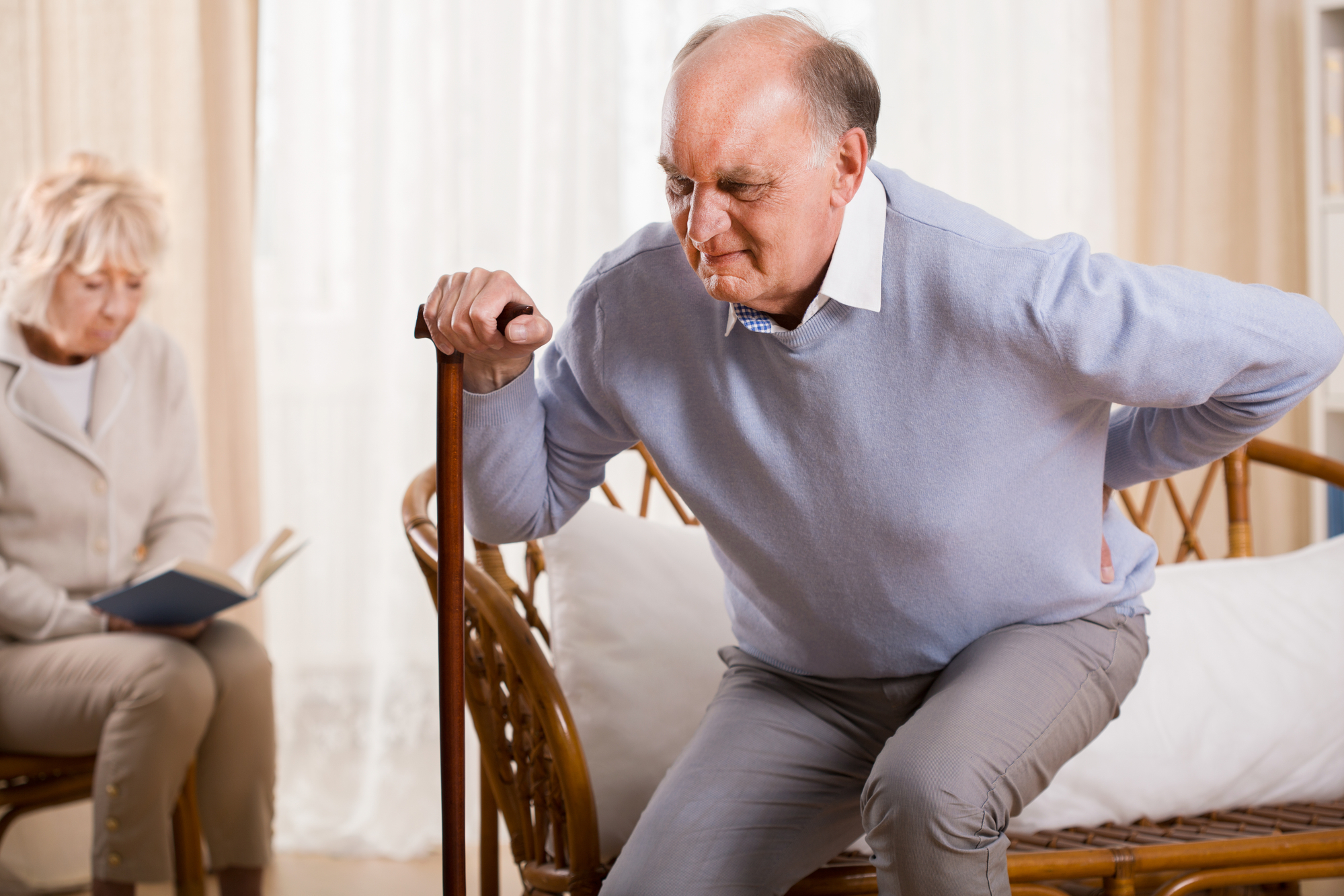Minimally Invasive Lumbar Decompression – Mild® Procedure
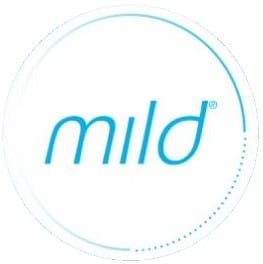
Safe and Efficient Outpatient Procedure
—No Implants —No General Anesthesia —No Stitches —No Steroids Opioids
mild® for Patients
An hour may change everything for patients with lumbar spinal stenosis (LSS). Find out how this quick outpatient procedure, which has a safety profile similar to an epidural steroid injection (ESI), may help you stand longer and walk farther with less pain.
As we age, our spine changes. These effects of normal wear and tear from aging can lead to a narrowing of the spinal cord canal (spinal canal). This condition is called spinal stenosis and when it develops in the lower back, it is called lumbar spinal stenosis (LSS).
This narrowing of the spinal cord canal results in the compression and irritation of the nerves that enter and exit the spinal cord, which leads to symptoms that range from pain, numbness or weakness, and cramping, most often in the lower back, legs, feet, and buttocks, to loss of bladder and bowel control in more severe cases.
With this in mind, the arrival of the Mild® Procedure has significantly revolutionized the treatment of lumbar spinal stenosis, being specifically developed to remove the cause of stenosis without the use of general anesthesia, steroids, opioids, stitches, or implants.
This is minimally invasive, low-risk, outpatient treatment removes the cause of stenosis by making a tiny incision in the patient’s back while using an imaging machine and specialized tools to remove small pieces of bone and excess ligament tissue, which results in a significant reduction of pain and amazing increase in mobility. After this, patients typically resume normal activity within 24 hours with no restrictions.
By scheduling an appointment with experts such as Dr. Jeffery Cannella over at Space City Pain Specialists, we can make you return to your daily activities in the shortest possible time through the application of certified preventative and regenerative care techniques, providing you all the tools that your body needs to heal and be capable of face everything in its way.
Recent Abstracts & Publications
- Pain Management, July 2020 – Minimally invasive lumbar decompression: a review of indications, techniques, efficacy and safety
- PSPS Abstract – ESI Use and the mild Procedure at Two Centers
- mild Algorithm white paper
One of the primary causes of back pain among patients ages 65 to 75 is a condition called lumbar spinal stenosis (LSS). This condition causes severe pain in the lumbar spine (the lower back region) along with leg pain and weakness when standing and walking.
Usually, pain doctors’ first line of treatment for LSS is an epidural steroid injection. While these injections do relieve pain, that relief is short-lived. While injections are the most conservative treatment for LSS, laminectomy surgery (major surgery usually requiring a 1- to 3-day hospital stay and a 4- to 6-week recovery period) is the most invasive treatment option. As an analogy, think of a spine affected by LLS as a clogged drain pipe. An epidural steroid injection is equivalent to treating the clog with Draino. Laminectomy surgery is equivalent to a plumber removing the clogged section of pipe.
Fortunately, there is an effective alternative to both of the above-mentioned treatments that will provide long-term relief from spine and leg pain and allow patients to return home the same day and immediately resume their normal activities. This specialized spine treatment is called minimally invasive lumbar decompression, or the mild® procedure. Returning to the plumbing analogy, the mild® procedure is equivalent to a plumber using a snake to remove the materials clogging the pipe, so the water flows freely again. The
mild® procedure is available in the South Houston area from our spine specialist at Space City Pain Specialists.
What Causes Lumbar Spinal Stenosis?
Over time, the lumbar spine ligaments gradually thicken, exerting excess pressure on the lower back spinal nerves, causing spine and leg pain. Often, lumbar spinal stenosis is misdiagnosed as a circulatory problem because one symptom is disabling leg pain that occurs when a sufferer tries to stand or walk for an extended period of time.
Spinal stenosis that is left untreated often leads to this neurogenic claudication — leg pain, heaviness, and/or weakness while standing, and (especially) walking that is caused by a compression of the nerves in the lower spine. Patients who develop neurogenic claudication feel severe, agonizing pain even after walking for just a short period of time, that resolves after sitting. This pain is felt in the lower back but is most pronounced in the legs. As a result of this severe pain, patients tire quickly after short walks and must take frequent sitting breaks to experience relief.
If you find yourself stooping over when you’re walking or pushing a shopping cart or walker because it hurts to stand up straight, that’s a symptom of LSS and an excellent reason to learn more about the mild® procedure.
Major Benefits of Using the mild® Approach to Treat LSS-Related Back Pain
The main benefit of the mild® approach is that it significantly reduces back pain and improves spine function. Collectively, mild® patients reported a 53% reduction in spine pain. Additionally, patients reported that the average length of time they could stand without pain increased from 8 minutes before the mild® procedure to 56 minutes after the procedure. Patients reported that the average distance they could walk without pain increased from 246 feet before the procedure to 3,956 feet after the mild® procedure.
Although mild® removes a small portion of the lumbar spine, patients experience no loss of spinal stability or function. After the procedure, the lumbar spine retains its original strength and is free of the stress and pressure that had been irritating the spinal nerves and causing spine pain. Other benefits of the mild® procedure compared to alternatives include:
- Small (drinking straw-sized) incision mark
- Same-day discharge
- No hospital stay
- No general anesthesia required
- No implants or stitches needed
- Low risk of complications
- Immediate ability to resume light activities
- Very quick recovery, back to walking the same day
Is the mild® Procedure Right For You?
If your symptoms include major pressure and pain in your lower back and pain in your back and legs when walking or standing (which are indicative of neurogenic claudication) and/or you have had an MRI that indicates the thickening of a ligament in your back, you may be an ideal candidate for treatment with the mild® procedure. The mild® procedure is not recommended for individuals with generalized chronic pain or for those who experience relief (rather than pain) when they walk.
If you are interested in learning more about the mild® procedure to alleviate your chronic lower back pain, contact us at Space City Pain Specialists. We were the first facility in the Houston area with doctors who have been trained and certified in using this innovative mild® procedure for chronic back and spine pain.
